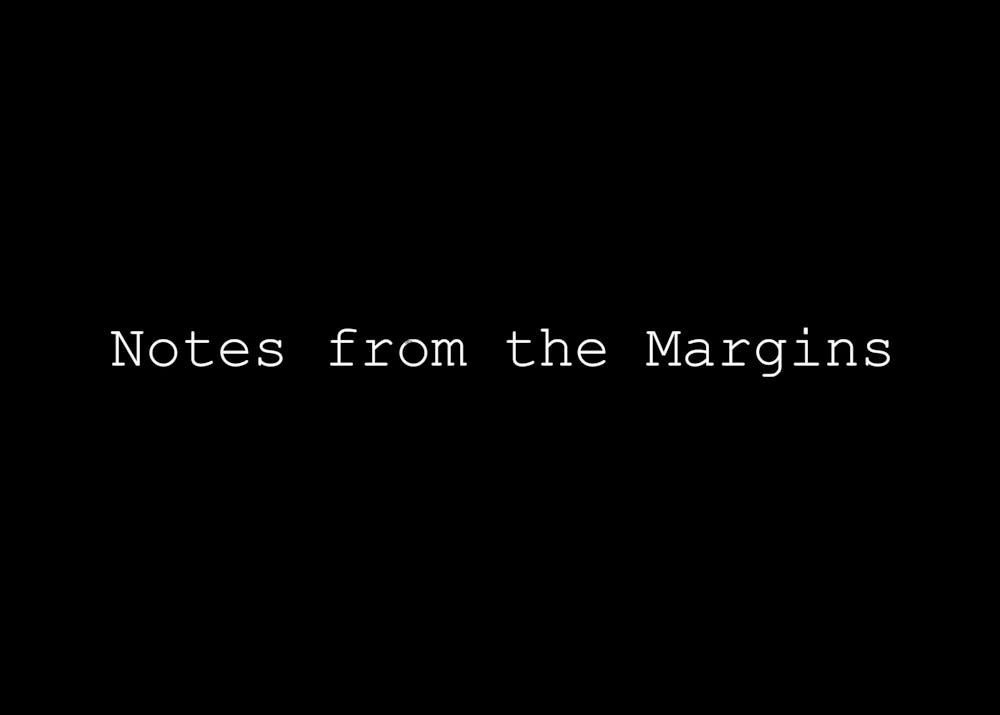Editor’s note: The views and opinions expressed in this article do not reflect those of The Collegian.
On Nov. 11, 2022, the University of Richmond Forgotten Forty March happened on campus. Now that time has passed, it’s clear to see that this was another example of a demonstration held on campus without being situated within a long term strategy. The momentum is already lost. Without a coherent strategy to create change, this march, like others before it, becomes another drop in the bucket.
I don’t doubt that the organizers had positive intentions. However, I think it’s necessary to critique some of their choices so that campus organizers of the future have a better idea of how to incite change.
Students at UR bear constant witness to shameful acts of bigotry. We see the regular problem cycle play out: problem occurs; it prompts discussion; individuals host a demonstration at the march; we share our feelings about the problem without goals or solutions; the problem (or the awareness of it) dissipates; something new occurs and the cycle continues.
I argue that these demonstrations seem as if they are being held for appearances sake. They’ve become more about optics than about escalating an actual organized effort. The organizers may fail to realize that it’s not a demonstration itself that creates change; instead, an organized campaign with a set of demands directed at a particular issue creates change.
There are many real-world examples of this; the overwhelming number of mass uprisings in the summer of 2020 in the name of the Black Lives Matter movement were unable to create real change on a national scale, despite having the numbers and support. Why? Because it was largely disorganized and was not connected to a sustained campaign with a real solution, such as abolishing police and prisons and deconstructing the carceral state. Thus, though people chanted, “Defund the Police,” in their marches, there was no police budget in any major city that was actually defunded.
Having a demonstration without a sustained, directed effort to ground it is simply a performance. While not everything “performative” is necessarily bad in the context of direct action, I don’t think this problem cycle is helping us. Instead, it turns our feelings into a pure spectacle for the establishment. People get further and further into disillusionment after committing their resources to something that is ultimately unproductive.
We can’t keep having marches that lead to nothing. We need to draw from a model of radical change that presents a framework for solutions. We need to draw from the examples we’ve already seen on campus, namely through the Africana Studies Proposal and the Protect our Web Movement, and build on them. Let’s not let those lessons go to waste.
In a true model of community organizing, addressing a problem is about building a campaign to tackle the issue. The model goes as follows: identify issues; connect with and build your base; identify institutional targets; develop demands; build short and long-term goals and strategy; raise consciousness; escalation tactics and continue until demands are met.
In this model, there can be no campaign without consulting the community first and identifying your base of support as well as your allies. There can be no change without first understanding the institutional power structure and knowing who exactly to target. Demands are absolutely necessary to stay focused, remain faithful to your community and measure success.
Demonstrations occur after all of this. They are escalation tactics in a larger campaign, rather than one-off events. An escalation tactic is any specific action that could be taken against a particular target. The point is to find the best ways to impact your target and wield your collective power. Therefore, a demonstration cannot be a goal or end-point. When they are structured as goals, they become a simple performance that doesn’t create anything. Yes, it may show support, but the support is funneled into something unproductive rather than a sustained campaign.
I don’t claim to be an expert on community organizing. These are some lessons I learned as a 2021 Summer Freedom Fellow with the Virginia Student Power Network and as a member of the Coordinating Committee of the Black Student Coalition. However, if we’re ever going to improve our experience here, we’re going to need to focus on real material change. For that, we need an effective model of community organizing and a strategic response. Once we build the infrastructure for meaningful change, there’s no limit to what we can achieve.
Enjoy what you're reading?
Signup for our newsletter
Further Resources on Community Organizing:
Virginia Student Power Network - Campaign Escalation, Introduction to Organizing
Resident Action Project - Community Organizing 101
University of Richmond Black Student Coalition - Teach Ins
Contact writer Simone Reid at kaelyn.reid@richmond.edu
Support independent student media
You can make a tax-deductible donation by clicking the button below, which takes you to our secure PayPal account. The page is set up to receive contributions in whatever amount you designate. We look forward to using the money we raise to further our mission of providing honest and accurate information to students, faculty, staff, alumni and others in the general public.
Donate Now



